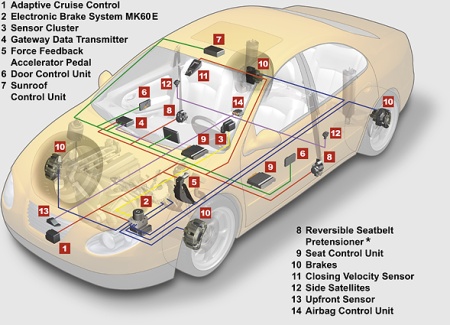
Modern cars are incorporating a variety of safety systems designed to help drivers avoid accidents and then, if an accident is unavoidable, to minimize the risk of injury. Until now, most of these have operated largely independently of each other, but Continental Automotive Systems (and its competitors) is trying to change that. At the Chicago Auto Show, Conti had a BMW 3-series equipped with its experimental Active Passive Integration Approach (APIA). APIA ties together the various safety systems to try and achieve a result greater than the sum of the parts.
Continental combined the radar inputs from the adaptive cruise control system and added a laser speed detector, the hydraulic control unit for the stability control, and then tied it all together with the air bag, seat belt tensioning, seat controls and window controls. The system detects the speed of the vehicle ahead and determines how fast you're closing in. The system has various stages of operation depending on how quickly you approach the vehicle in front of you. There's more about how the system works after the jump along with a video from Continental.
[Source: Continental Automotive Systems]
Video of Continental's Active Passive Integration Approach
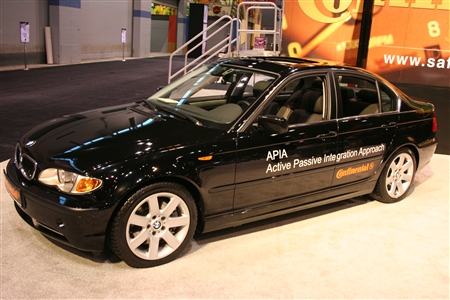
When the system detects that you're closing on the vehicle ahead too quickly, it initially provides feedback through the accelerator pedal by pushing back against the drivers foot. it also lightly pretensions the seatbelt. As the vehicle continues to close, the stability control hydraulics prefill the brake calipers with fluid, bringing the pads in closer to the brake rotor for quicker emergency response. It also closes the windows and sunroof to prevent passengers from being ejected. Next, the seat cushion is tilted up to prevent the front passengers from submarining under the seatbelts and the belts are tightened further. The airbag system is also prepared for deployment. Finally, the brake assist system engages to help apply the brakes more aggressively and slow the vehicle, and seat belts are pulled tight to minimize any injuries. Altogether, APIA uses every available safety system to maximize its overall effectiveness. Many mid to high-end vehicles already have almost all the necessary subsystems in place to provide this and it will mainly take some more control software to implement the solution.
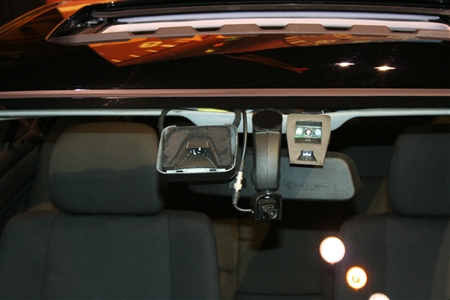
Laser speed detector behind the mirror to detect closing speed
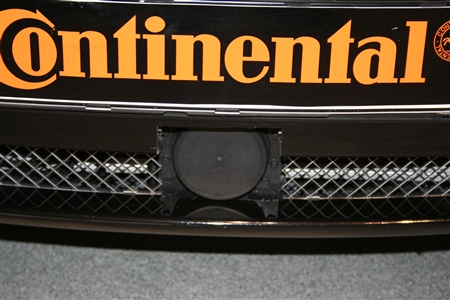
Radar sensor under the bumper to detect distance.
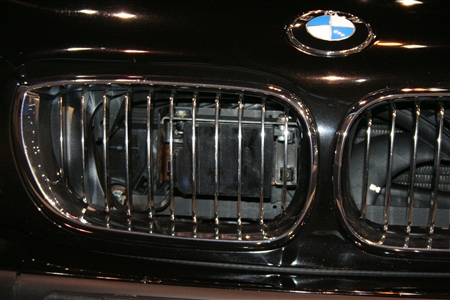
Upfront proximity sensor


Sign in to post
Please sign in to leave a comment.
Continue